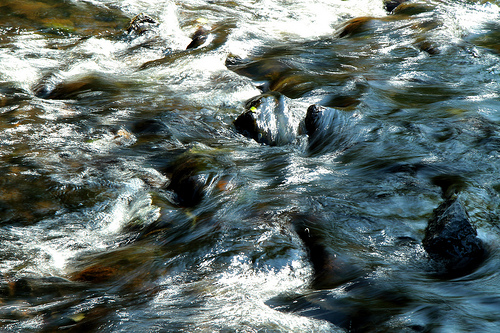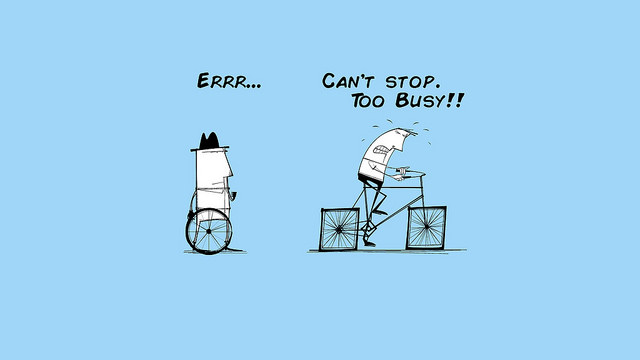Social Velocity: When Networks Meet “Slowness”
October 7, 2016 Leave a comment In light of a recent conversation with Jana Carp, an academic who has studied the underlying principles of the “slow movement” and how they connect to sustainability, place-making and livabily, I am revisiting, revising and reposting the piece below. Jana and I were connected by a mutual colleague with the Fire Adapted Communities Learning Network, given our mutual interests in public engagement, community-building and sustainability (inclusive of justice), and had an interesting conversation about slowness and networks.
In light of a recent conversation with Jana Carp, an academic who has studied the underlying principles of the “slow movement” and how they connect to sustainability, place-making and livabily, I am revisiting, revising and reposting the piece below. Jana and I were connected by a mutual colleague with the Fire Adapted Communities Learning Network, given our mutual interests in public engagement, community-building and sustainability (inclusive of justice), and had an interesting conversation about slowness and networks.
At one point, the question came up as to whether networks might cut against slowness, especially when the emphasis is on rapid growth, diffusion, and trans-local connections. My thought at the time was that this certainly could be the case, and that is why it is important to think about both the breadth and depth dimensions of networks, as well linking different scaled networks (local, regional, global). The importance of networks for social change can certainly reside in their reach and rapid scaling. Their potential also resides in the nature and quality of connection, how deep the ties that bind are and what they help to create and circulate. And this brought me back to these reflections on how to think about “social velocity” in networks and collaborative work …
My friend Joel Glanzberg is a constant source of provocation and insight. The way he sees the world, through a living systems and pattern-seeking lens, is not only refreshing but unnerving in that it is evident how simultaneously critical and rare his perspective is. Joel is great at helping me and others to see beyond objects and structures to underlying patterns and processes, and how these are what animate living systems.

Photo by Guy Renard 25
A great example is when he talks about the so-called “water cycle” and how typically many people tend to see what they might otherwise understand as a “watershed” (or “lifeshed”) as simply a “water conveyance system.” In an effort to create efficiency and abundance, we have actually robbed water cycles of their richness, failing to see their connections to and dependence upon other systemic elements (soil, plants, etc.). When water is working, it enriches everything it flows through. But in many cases, for example in industrial agriculture, we find water’s role simplified and the resource diverted and speeded up in such a way that its resourcefulness is diminished. And so we have drought and flooding.
The point that Joel makes is that it is not the absolute amount of a resource that matters in living systems, but its speed through the system. In other words, velocity matters. Which makes me think of the flow of information, conversation and relationship-building in social systems or networks. There are many instances where in an effort to “get to action” in a collaborative effort, conversation is speeded up and critical reflection by-passed, which can lead to real impoverishment of base-line and necessary understanding, alignment, and trust. The social soil is not enriched sufficiently to grow significant new possibilities and deeper roots are not established to withstand coming storms. Of course, there is also such a thing as sharing and talking too much, of not getting to action in a timely way, which can oversaturate and overwhelm people, bog down progress and momentum and carry some people away.

Image by Alan O’Rourke https://www.flickr.com/photos/toddle_email_newsletters/15599597515/sizes/z/
The temptation in times of rapid change and uncertainty can be to move faster and faster, and while this makes sense in some instances and domains, it is also true that modulating speed downward can be a very strategic choice. I’m reminded of the words of Angela Blanchard, CEO of Neighborhood Centers, who was interviewed in a Fast Company article on leadership in times of flux. Blanchard points to the critical importance of not getting swept away by the demands:
“Some of the things that matter most unfold in the same rhythm they always have. If the goal is to connect with all opportunities, we will be burned-out shells. The pace of life hasn’t changed, even if the pace of communication has. Do people fall in love more quickly? Do people trust each other more quickly? I work in my garden: You cannot make flowers bloom faster.”
